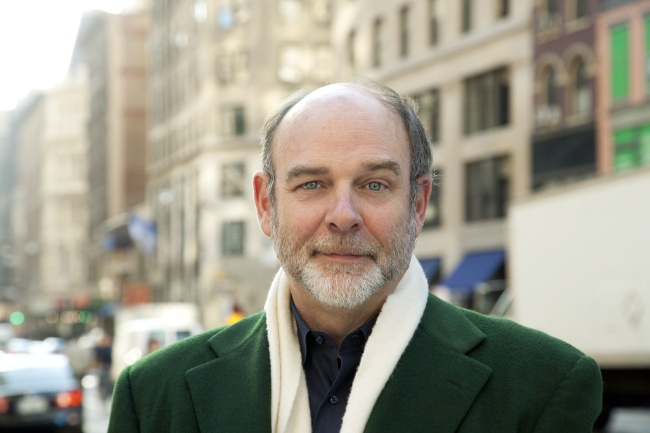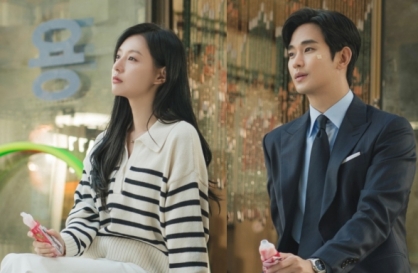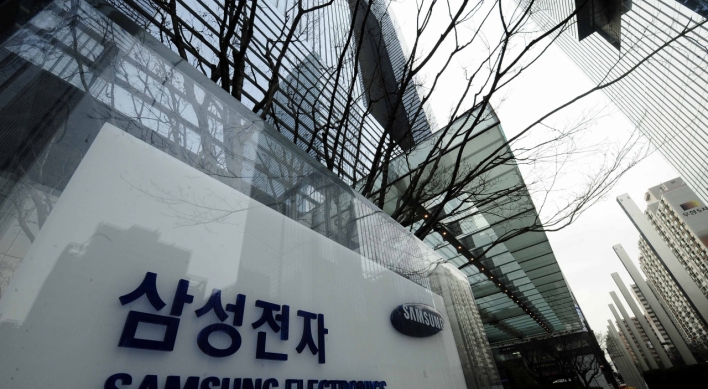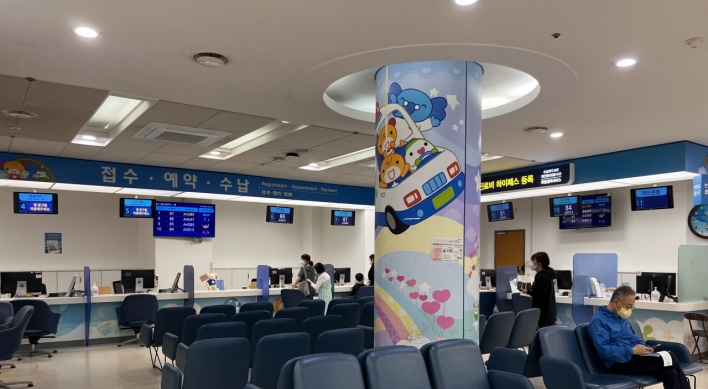Herald Interview - While shopping malls have been conventionally tagged as an aggregator of shops, the future of shopping malls lies in being multipurpose public places, claimed Paco Underhill, a noted shopping-related behavior-researcher.
Shopping malls will not only cover shopping and dining but also residences and workplaces, and whether Koreans will be able to embrace it all will be the key to the shopping business’ future, Underhill said in a recent telephone interview with The Korea Herald.
Underhill is the founder of a market research and consulting company called Envirosell and has written best-selling books such as “Why We Buy: The Science of Shopping,” “Call of the Mall” and “What Women Want: The Global Market Turns Female Friendly.” He has analyzed shoppers’ psychology and advised retailers. His company provides consulting services to retail outlets including shopping malls.
Underhill is also familiar with the Korean retail market as he has visited Korea on a regular basis since the 1970 when he first came to study at Ewha Womans University.
“There are literally people walking in the mall in bedroom slippers because they live there. Lotte World Mall, the latest and the best example, has residential areas (though not completed yet),” Underhill said.
“All are collaboration and new progression ― commercial, residential, offices all together. In the future, public schools and libraries will be incorporated in the malls. Some good examples are New York’s Time Warner Center, some of the state-of-the-art malls in the Nordic countries and Australia’s Darling Harbor. The 2-5 levels of Midtown in Tokyo has improved convenience and brought good influence to the residential area, too,” he said.
Shopping malls will not only cover shopping and dining but also residences and workplaces, and whether Koreans will be able to embrace it all will be the key to the shopping business’ future, Underhill said in a recent telephone interview with The Korea Herald.
Underhill is the founder of a market research and consulting company called Envirosell and has written best-selling books such as “Why We Buy: The Science of Shopping,” “Call of the Mall” and “What Women Want: The Global Market Turns Female Friendly.” He has analyzed shoppers’ psychology and advised retailers. His company provides consulting services to retail outlets including shopping malls.
Underhill is also familiar with the Korean retail market as he has visited Korea on a regular basis since the 1970 when he first came to study at Ewha Womans University.
“There are literally people walking in the mall in bedroom slippers because they live there. Lotte World Mall, the latest and the best example, has residential areas (though not completed yet),” Underhill said.
“All are collaboration and new progression ― commercial, residential, offices all together. In the future, public schools and libraries will be incorporated in the malls. Some good examples are New York’s Time Warner Center, some of the state-of-the-art malls in the Nordic countries and Australia’s Darling Harbor. The 2-5 levels of Midtown in Tokyo has improved convenience and brought good influence to the residential area, too,” he said.

Desire to connect
Though the boom of discount stores and outlet malls may sound strange to people used to e-commerce, Underhill claims that there is a very good reason for the growth of shopping malls in Korea.
“In Korea, it takes two incomes to support a middle class family, and while more women are working, they have a craving to interact with people outside their work but they really don’t have that context anymore. Koreans do not go to inns, public bath houses or old-fashioned coffee houses. Forty to 50 years ago, Koreans had an outdoor culture and went hiking, but that’s not effective anymore.
“Now, women want to comfortably walk and watch other people. Yes, you can go to the (trendy district of) Itaewon or Deoksugung (palace) in high heels but that is just too painful. It is also better and safer than going to nightclubs ― think of all the noise and alcohol there,” he said.
“Organized shopping is an easy way to shop and meet the needs at the same time,” he said.
Above all, women’s empowerment has contributed to the rise of shopping malls.
“Men are programmed to be hunters and women are gatherers. Women find pleasure from looking and becoming purchasing agents for the family. But a different generation has just come,” he said.
“As more women are working, they choose not to procreate. And they aren’t buying for their family but for themselves. That’s not something that had been detected among your grandmothers’ generation. You have money of your own,” he said.
Underhill picked three attributing factors that make shopping malls even more popular.
First is the security, particularly for women. “You always don’t know what will happen. But at the shopping mall, you know you are safe, with the security guards and everything. Also most of the facilities are close to the bus and metro stations,” he said.
The second is hygiene. Underhill has stressed the importance of having hygienic bathrooms at shopping malls to induce more women. “The belief that shopping malls provide cleaner and more hygienic services draws people,” he said.
And the third is climate control. “Think of Korean summer and winter. It is too hot and humid, and too cold. And during these times, staying indoors and doing everything here sounds more efficient,” he said.
You don’t always have to buy
The fact that consumption has become a hailed behavior also helped the syndrome, he said.
The influence of K-pop and Korean dramas glorifies consumption, he said. “Take ‘Sex and the City.’ Carrie, the main protagonist, and her friends are always shopping. It celebrates consumption. This ... is influencing across Asia,” Underhill noted.
“Nowadays, a typical scene will be you and your sister at Lotte World Mall, go to all the shops, try out all the clothes and, at the end of the day, buy nothing. I mean, you don’t necessarily have to buy anything. Shopping has just become a form of recreation, called shopping therapy. It is a way for you to escape from your life,” he said.
Underhill said it is time for Korea to come up with a mall that can satisfy not only Koreans, especially Seoulites, but also foreigners visiting the country.
“I could sense that Lotte World Mall has issues dealing with Chinese tourists. It is natural because the country is becoming a tourist destination, but does not have the shopping infrastructure. Take London ― more than 60 percent of those going to the Selfridges are visitors,” he said.
Underhill classified shoppers into three ― experts who visit the malls more than 12 times a year and practically “live there,” and intermediates who “live in Busan but go to Seoul to see the mall,” and novices who “live in China and come to Seoul to visit the malls.”
“And you know who has the potential, right?” he said.
By Bae Ji-sook (baejisook@heraldcorp.com)
-
Articles by Korea Herald


![[KH Explains] No more 'Michael' at Kakao Games](http://res.heraldm.com/phpwas/restmb_idxmake.php?idx=644&simg=/content/image/2024/04/28/20240428050183_0.jpg&u=20240428180321)



![[Grace Kao] Hybe vs. Ador: Inspiration, imitation and plagiarism](http://res.heraldm.com/phpwas/restmb_idxmake.php?idx=644&simg=/content/image/2024/04/28/20240428050220_0.jpg&u=)
![[Herald Interview] Mom’s Touch seeks to replicate success in Japan](http://res.heraldm.com/phpwas/restmb_idxmake.php?idx=644&simg=/content/image/2024/04/29/20240429050568_0.jpg&u=)


![[News Focus] Lee tells Yoon that he has governed without political dialogue](http://res.heraldm.com/phpwas/restmb_idxmake.php?idx=644&simg=/content/image/2024/04/29/20240429050696_0.jpg&u=20240429210658)








